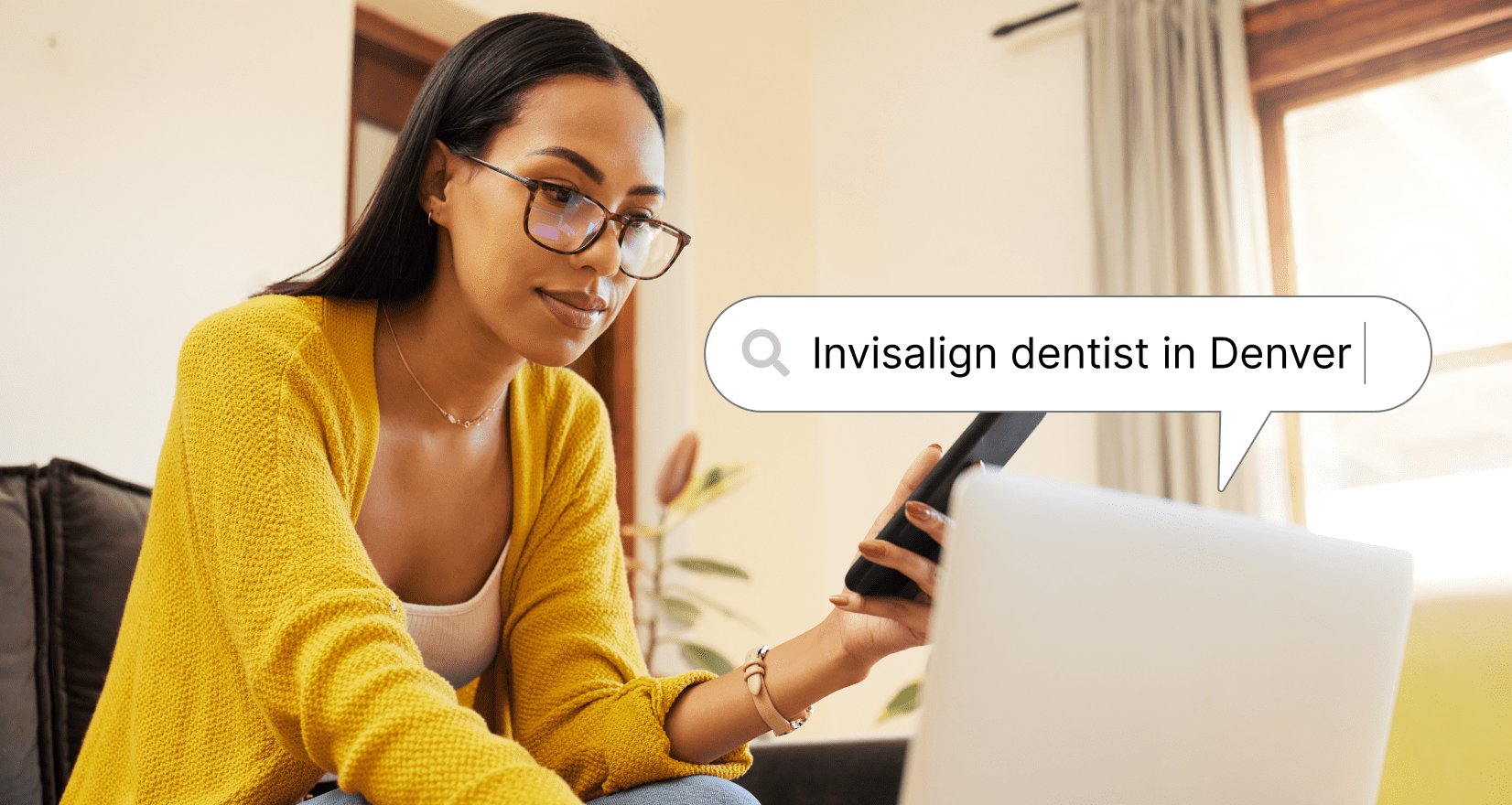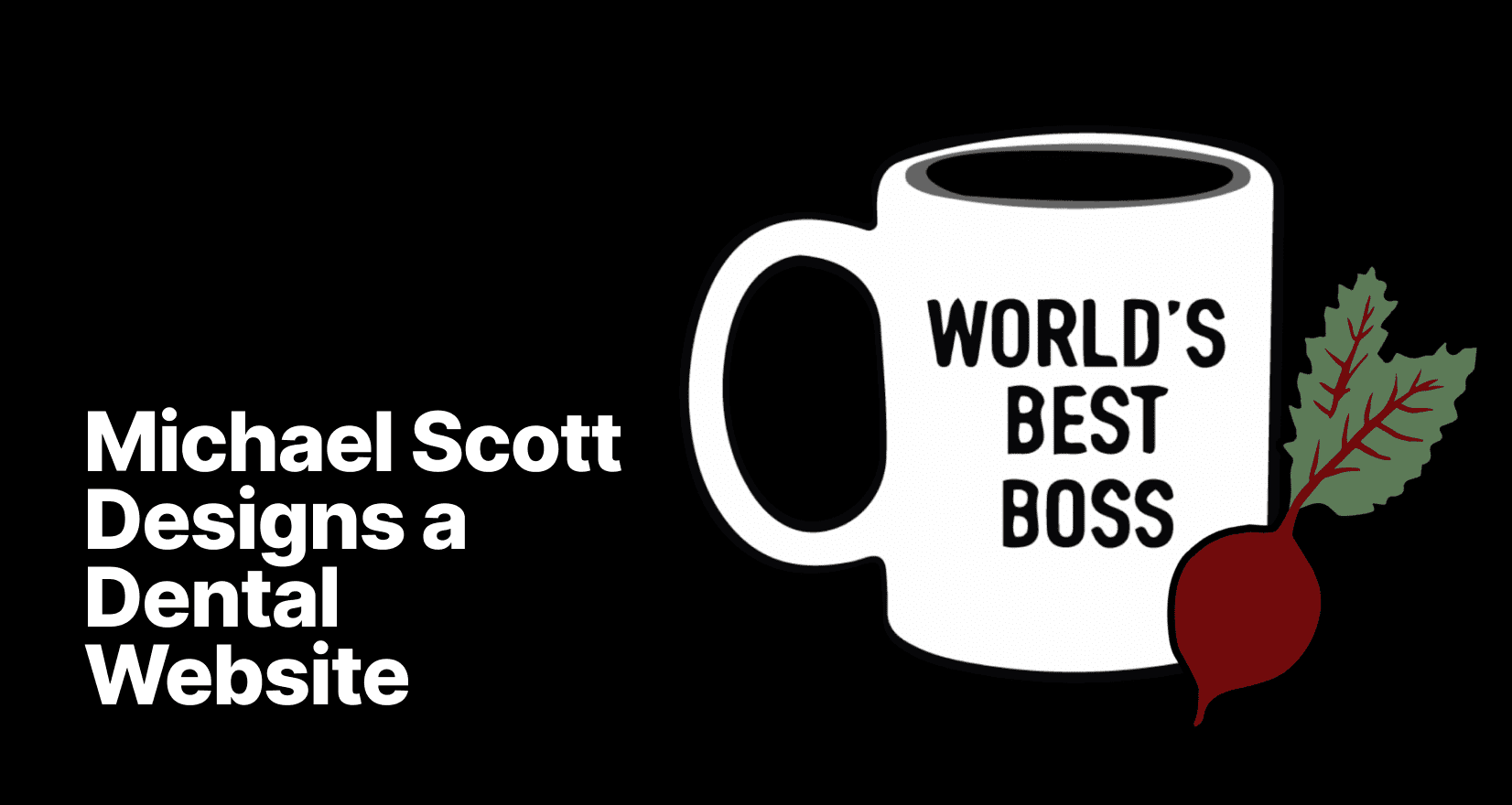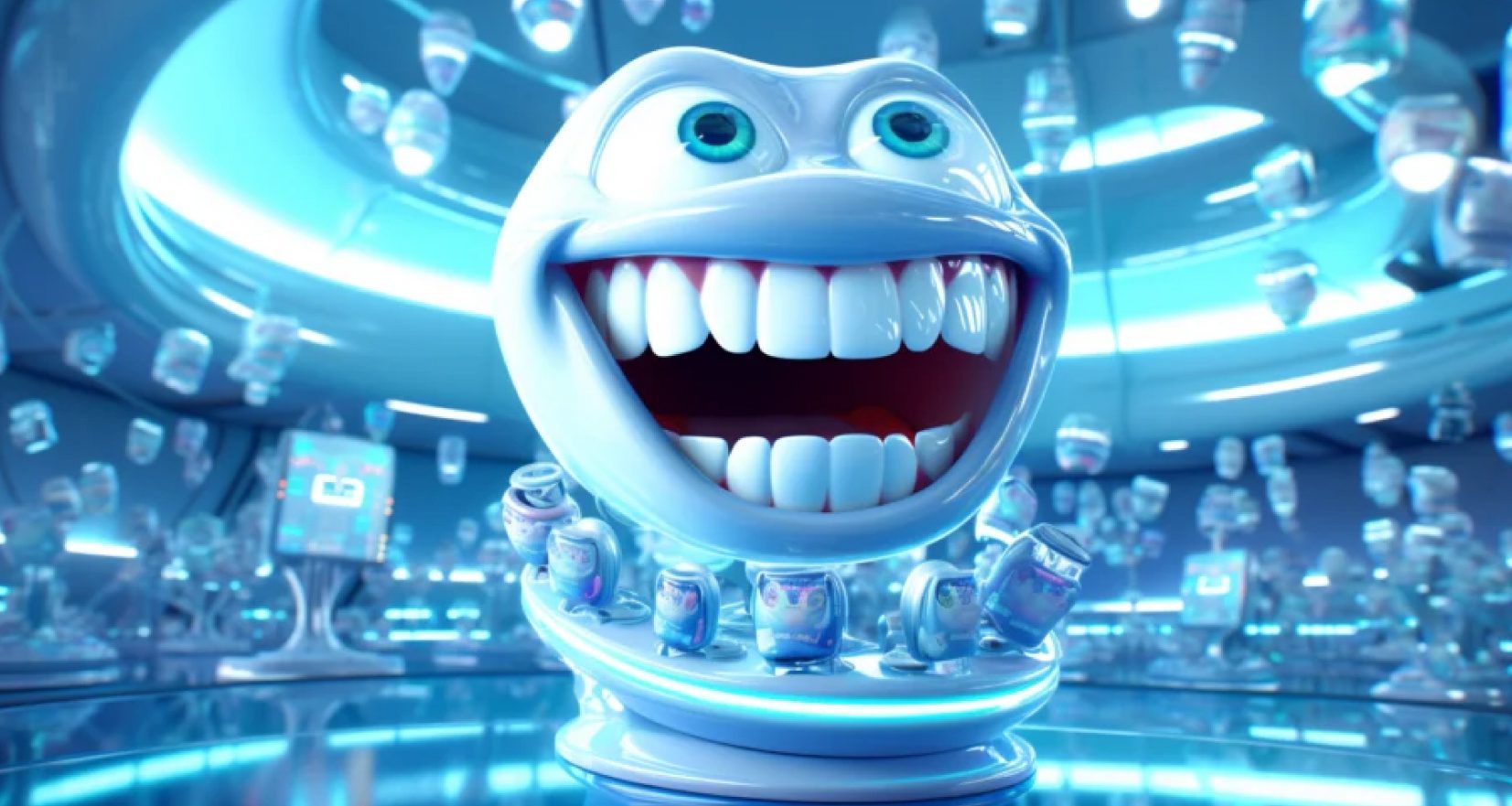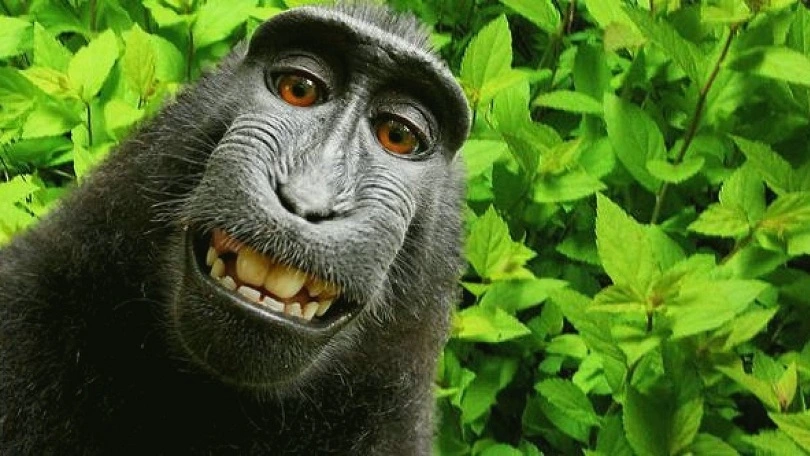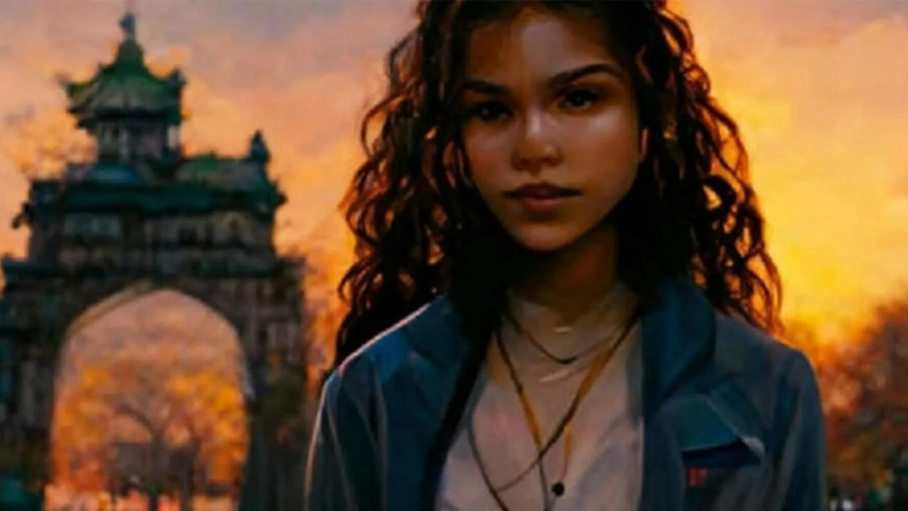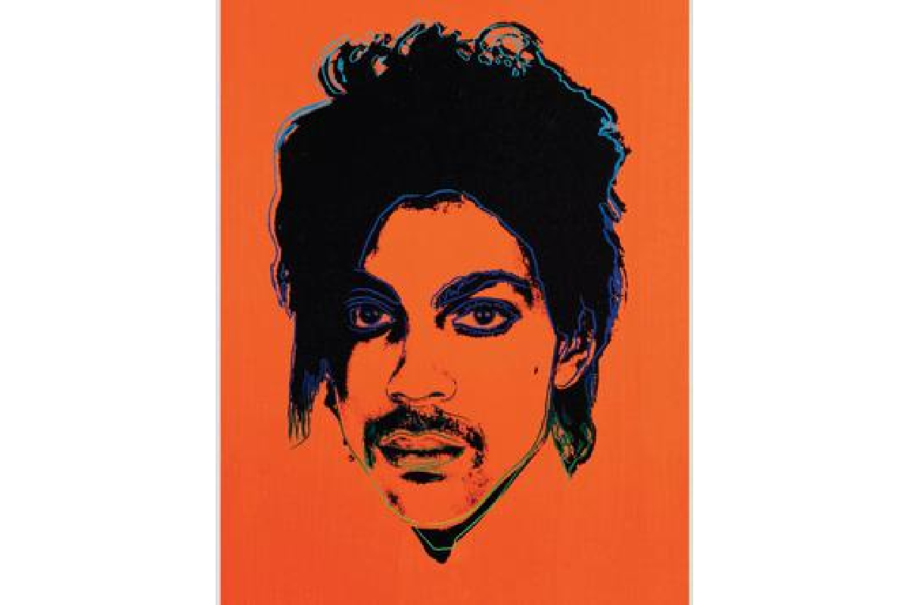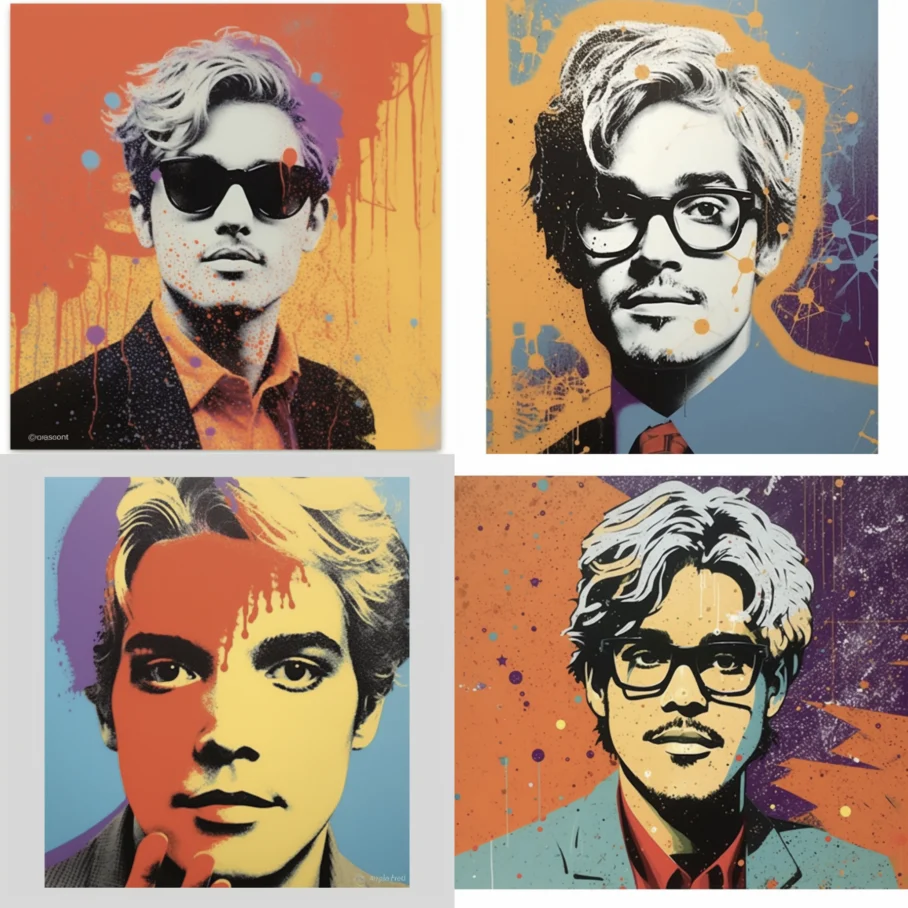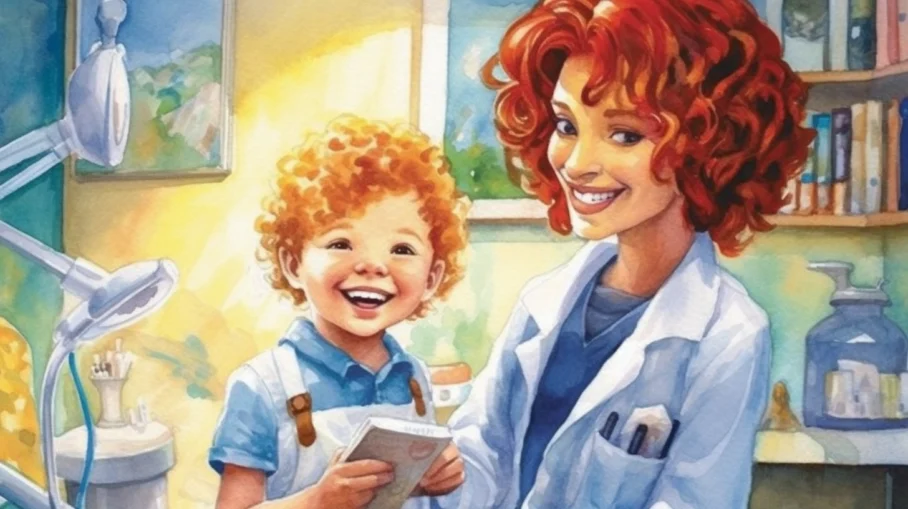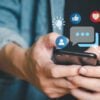AI Dental Content Marketing: Uncharted Copyright Territory
Yes… I made that header image with AI. The prompt was “artificial intelligence for dental digital marketing, happy”.
As we increasingly use artificial intelligence for content creation, we’re stepping into a new area of copyright law that remains largely undefined. It brings up the challenging question: who owns the rights to AI-generated content? Is it the creator who designed the parameters, or does the AI tool itself hold any claim?
This exploration is filled with gray areas, potential legal disputes, and thought-provoking discussions. In this post, we will be looking closely at how AI could reshape our understanding of copyright law in relation to marketing your dental practice. Only time and more legal battles, will provide us with clear answers.
You Cannot Copyright Content Created by Artificial Intelligence
Navigating the digital age of dental marketing, you might find yourself leaning on tools like ChatGPT, Midjourney, social media accounts like Dental AI Art, Stability, or other AI platforms to create engaging content. However, based on a recent U.S. Copyright Office decision, AI-generated images, texts, or videos aren’t protected by copyright laws. Consequently, anyone can reutilize these AI-generated elements without legal consequences, leaving creators in a limbo.
To illustrate the complexity of AI copyright laws here are some legal cases to consider.
Monkey Selfies
Monkey Selfies: In 2011 a monkey named Naruto took selfies with wildlife photographer David Slater’s unattended camera. Slater published these photos in a book titled “Monkey Selfies.” The publication led People for the Ethical Treatment of Animals (PETA) to sue on Naruto’s behalf, asserting Naruto should own the photos’ copyrights.
Naruto is not AI but it has helped to set a legal precedent. The crux of the legal dispute was whether non-human animals could own copyrights under the Copyright Act. The federal court in 2016 and later the Ninth Circuit Court of Appeals in 2018 both ruled that animals do not have statutory standing to claim copyright infringement, and thus Naruto could not be recognized as the copyright owner of the “Monkey Selfies”. Big bummer for Naruto!
Graphic Novel by Kristina Kashtanova
Kristina Kashtanova utilized Midjourney, an AI image-generation tool, to illustrate her graphic novel . The Copyright Office determined she could copyright the story, but not the AI-produced illustrations.
The copyright office’s reasoning is based on the lack of total creative control Kristina maintained over AI-generated images. According to them, the unpredictable nature of AI output renders it non-copyrightable.
Kristina’s lawyer, Lisa Oratz, notes the introduction of predictability as a novel criterion. She argues that the Copyright Office could have focused on the nature of input prompts into Midjourney to determine if there was sufficient human authorship, which is the essential element for copyright claims.
Andy Warhol’s “Prince”
Andy Warhol Foundation vs. Goldsmith: The case revolved around a series of artworks Warhol created in the 1980s based on a photograph of the since deceased musician Prince. The photograph was taken by Lynn Goldsmith, a renowned photographer.
The key legal issue in this case was whether Warhol’s use of Goldsmith’s photograph constituted fair use under copyright law. Warhol’s estate argued that Warhol’s works were transformative and thus fell under fair use, which is a legal doctrine that allows limited use of copyrighted material without permission from the rights holders.
Initially the district court ruled in favor of the Andy Warhol Foundation. However, this decision was appealed to the Second Circuit Court of Appeals.
In a surprising reversal, in March 2021, the Second Circuit Court found that Warhol’s works were not sufficiently transformative to justify fair use and concluded that Warhol’s art infringed on Goldsmith’s copyright.
The Prince case is especially interesting because nearly all AI image generators allow a creator to upload an image from another creator and alter the image using AI. For example, I uploaded a photo of my business partner Blake and told AI to create an image in the style of Andy Warhol.
Currently there is no copyright law to slap my hand for this image. With new legal precedent on the way this could potentially be copyright infringement in two ways. The first is using Blake’s image without his consent (I really didn’t get consent from him), and the second is using Andy Warhol’s art style to create the image. A potential double whammy!
Unexplored Legal Territory
We’re venturing into unexplored legal territories, attempting to measure the level of human interaction required to claim ownership of machine-created content. It mirrors the predicament faced during the invention of cameras.
When cameras were first introduced, there were legal questions about whether photographers could claim copyrights to their photographs. The central argument was that since a machine, the camera, was technically capturing the image, should the copyright be attributed to the photographer or the machine?
The Supreme Court ultimately ruled in favor of human authors, arguing that even though the camera was capturing the image, the photographer controlled the framing, lighting, exposure, and more, making the creative decisions that resulted in the final image.
These decisions constituted sufficient creative expression to grant the photographer the copyright. This ruling established the “human authorship” requirement for copyright protection, a principle that is still in place today. Can the same principle be applied to AI-generated content?
Interestingly, the Copyright Office’s predictability standard was challenged by Kashtanova’s lawyer, who drew parallels to the unpredictability of artistic works such as photography and cinema, which are copyright-protected.
She also made a case for the focus to shift from AI output to human input. Lisa concurs and hopes that the legal system will too. Alternatively, new legislation could be enacted to define AI-content ownership.
AI Dental Content Marketing Example
For dental content creators utilizing AI tools, it’s crucial to inject as much human creativity as possible. Detailed prompts expressing specific ideas, rather than vague ones, are advisable.
For instance, if I enter the following prompt into Midjourney: “dentist in her dental office”
…and get this image:
Versus, entering this prompt,
“Create a watercolor image in the style of Paul Klee of a female dentist with red hair in her office, she is dressed in blue scrubs, pen in her front pocket, she is looking down at a male child dental patient who is also smiling, the patient is wearing overalls and holding a pad of paper, they look to be conversing, happy, elegant, peaceful, the office is well lit with blue walls, full color palette, –ar 16:9 –s 750 –q2 –v5”
…and get this image:
I’m far more likely to get copyright protection on the second image because I’ve given much more direction to the Midjourney AI tool, rather than leaving it all up to chance.
However, defining the difference between a mere idea and a specific expression of that idea remains subjective and murky. Although a high level of human involvement in the creative process is encouraged, it might not guarantee copyright protection due to the newly set high bar by the Copyright Office.
Why You Shouldn’t Use Images Downloaded from the Web
In our increasingly digital age, it’s crucial to understand the potential legal implications surrounding the use of images downloaded from the web.
Just because an image is accessible online doesn’t mean it’s free to use. Most online images are protected by copyright law, meaning the original creator or owner holds exclusive rights to use, modify, and distribute the image. Unauthorized use of these images can result in copyright infringement, leading to legal consequences, financial penalties, and harm to your practice’s reputation.
While some may think it’s easy to fly under the radar, remember that advanced technologies and online tools make it quite simple for copyright owners to track unauthorized usage. A quick reverse image search can reveal if their image has been used without permission or proper licensing.
Copywriters and Publishing Companies are Fighting Back
AI programs use information on the internet to create a language prediction model. This requires the tool to source massive amounts of data online. Digital Content Next (DCN), a publisher’s association including prominent entities like the New York Times, Washington Post, NBC Universal, and Disney, warns that AI tools are using their content archives to create the language model and therefore may breach copyright laws.
The group stresses that unauthorized use exceeds fair use parameters. Publishers worry about AI accessing paywalled information and affecting site traffic, demanding proper compensation and attribution if AI models use their archives for training. The possibility of legal action remains open.
Stay Safe by Using AI Generated Images in your Marketing
So, how do we navigate this challenge while still enhancing our practices digital presence with engaging visuals?
AI-generated images offer a unique solution to copyright issues. By using AI-generated images, you can enjoy the freedom to use, modify, and distribute these images without worrying about copyright infringement. This doesn’t just protect your dental practice legally, but also provides you with unique visual content that can be tailored to fit your brand and messaging.
Utilizing AI-generated images allows you to continue creating visually engaging content, free from the constraints and potential pitfalls of copyright issues.
The Largest Library of Dental Images without Copyright Infringement
We are delighted to announce that our collection of dental marketing images, gifs, and memes is now available to subscribers of The Dental Publisher, a dental-specific social media publishing system.
My Social Practice has been a pioneer in creating industry-specific marketing content for over 13 years. Our extensive library, considered the largest in dental marketing, has been meticulously crafted with your dental marketing needs in mind. As a Dental Publisher subscriber, you can gain exclusive access to this vast resource. Infuse your marketing campaigns with our captivating visuals and engaging content, ensuring your practice stands out in the crowded digital landscape.
Furthermore, we’re continuously creating and adding new images, gifs, memes, and marketing content to our library every week. We ensure that your dental marketing campaign remains fresh, relevant, and engaging, adapting to the latest trends and shifts in the digital world. By subscribing to The Dental Publisher, you’ll have an ever-growing reservoir of marketing materials at your fingertips, empowering your dental practice to stay at the forefront of patient engagement.
Adapting AI Generated Content for Copyright Protection
One ray of hope for creators, as highlighted by Lisa Oratz, is that modifying AI-generated content could potentially make it copyrightable. For instance, using ChatGPT to draft content, which you then adapt to your unique voice, could make it eligible for copyright protection. Documentation of such changes would be crucial if you end up filing for copyright protection.
In this new age of AI-infused dental content marketing, it’s paramount to stay informed about the evolving legal landscape and to consider carefully where and how to integrate AI in your dental marketing processes. Make sure to follow our blog for updates to this topic.
For more information on the topic of copywriting laws and AI see the following articles:
About the Author: Adrian Lefler is the CEO of My Social Practice, a dental marketing company based in SLC, Utah. If you would like to have Adrian or one of the members of the My Social Practice speaking team, please contact us here.
